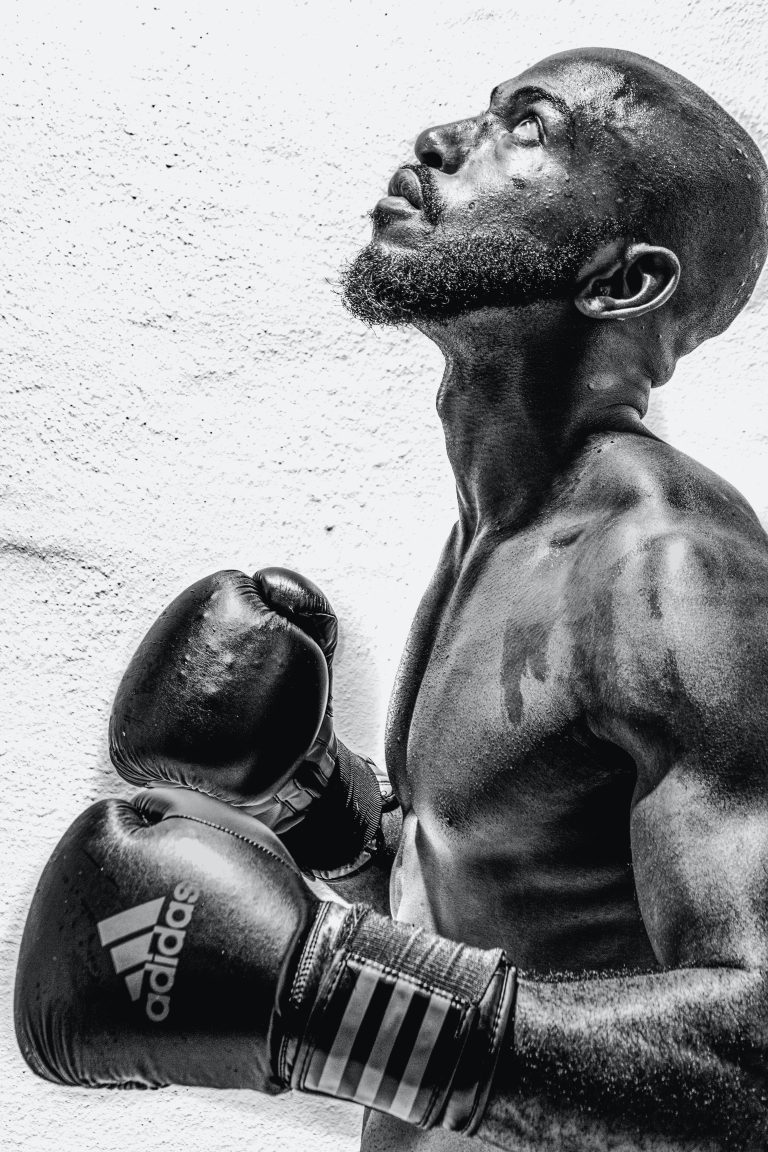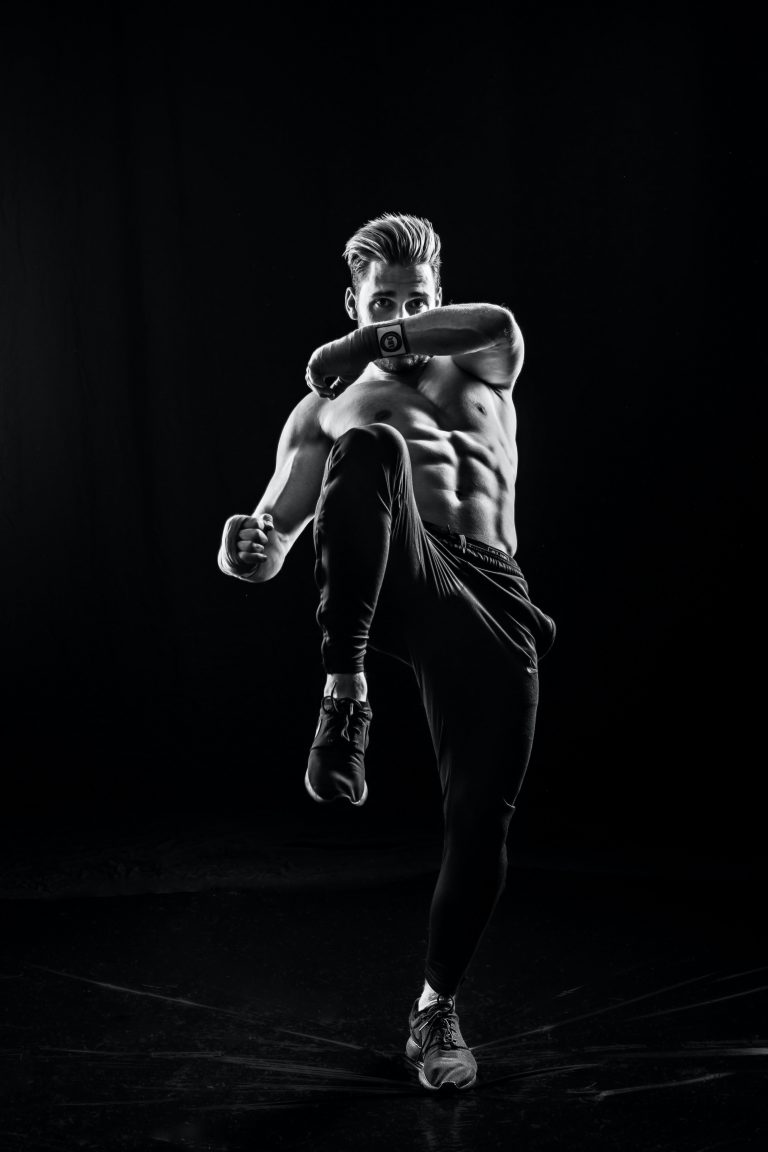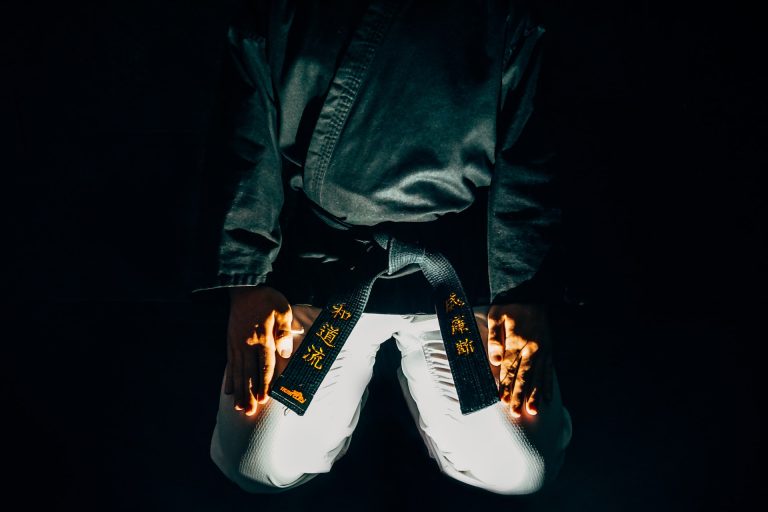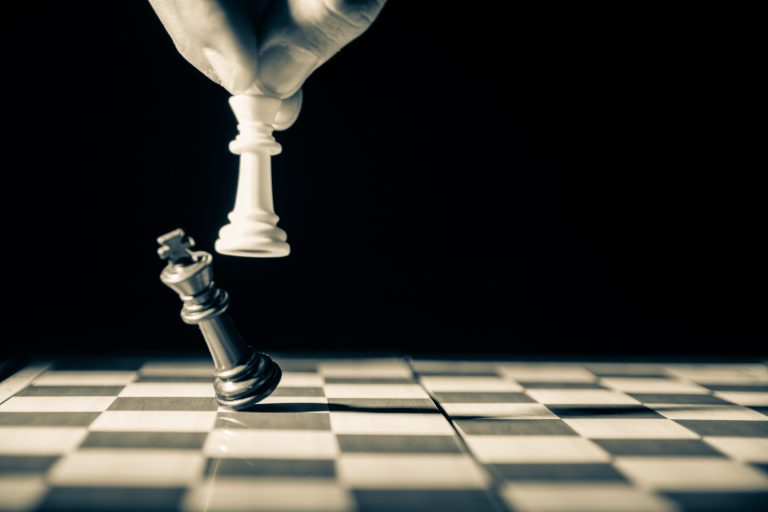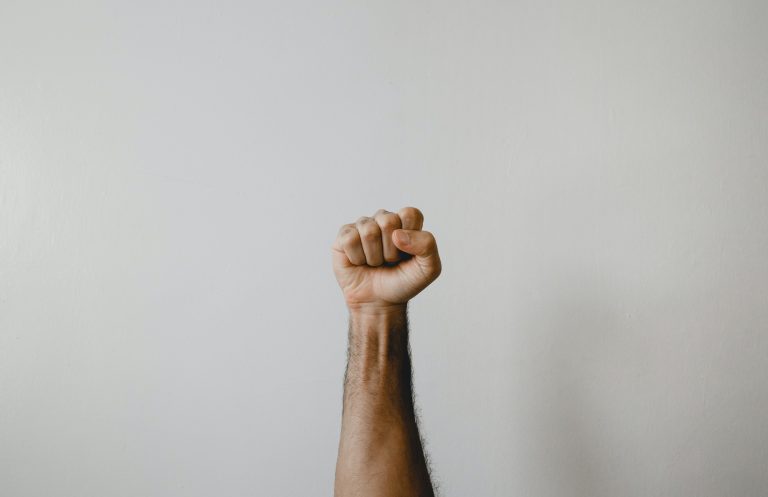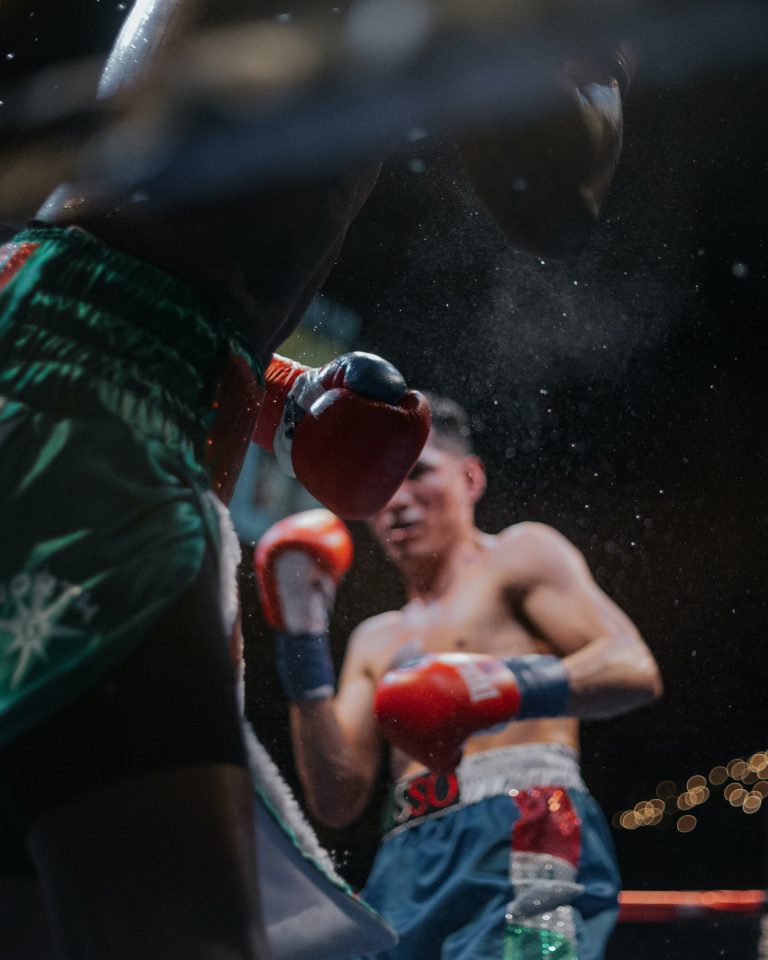What Kind of Karate is Best for Self-Defense?
Karate is a Japanese martial art focusing on defending oneself through a variety of blocks, strikes, and kicks. It has been practiced by millions of people worldwide, and is both physically and mentally beneficial. But when it comes to learning karate specifically with the intention of self-defense, not all styles are created equal. To help you decide which style of karate is the most beneficial for self-defense purposes, we’ll look at the different karate types and their respective features.
History of Karate
Karate began as an ancient martial art on the island of Okinawa, off the coast of Japan. Most traditional forms of karate were passed down from master to student orally, and often took years for a student to learn a style’s complete body of techniques. Forms of karate were eventually taught in governing schools throughout Japan, and began to take shape as the karate we know today in the latter part of the 19th century.
What Are the Different Types of Karate?
Today there are four main styles of karate practiced in Japan and around the world. They are known as Shotokan Karate, Goju-Ryu Karate, Shito-Ryu Karate, and Wado-Ryu Karate. Each style has its own unique physical characteristics, history, and characteristic techniques used for self-defense.
Shotokan
Shotokan is considered one of the oldest and most popular forms of karate. It was developed by Gichin Funakoshi, who began teaching it in Japan in the 1920s. Shotokan relies on linear power generated from large extension motions, and uses slow and fast movements in combination with powerful kicks. This style is often favored among those who seek heightened physical strength and endurance.
Goju-Ryu
Goju-Ryu is an ancient form of Japanese karate derived from Chinese martial arts. It emphasizes the use of both hard and soft movements that utilize stances, punches, kicks, and grappling techniques for self-defense against an opponent. Goju-Ryu emphasizes circular blocks and uses strong deep stances to slow down a forceful attack from an opponent.
Shito-Ryu
Shito-Ryu is currently one of the most widely practiced styles of karate in the world. It was developed by Kenwa Mabuni in the 1930s and is a combination of several other karate styles including those of Shotokan and Goju-Ryu. Shito-Ryu focuses on unique combinations of strong stances, blocks, punches, and kicks. This style is often favored by those who desire to learn a comprehensive karate style with deeper roots in traditional Japanese martial arts.
Wado-Ryu
Wado-Ryu is another form of Japanese karate developed by Hironori Ohtsuka in the 1920s. It combines traditional Japanese martial arts with modern physical fitness training techniques to create a systematic style that emphasizes evasion, timing, and usage of angles when defending oneself against an attacker. Wado-Ryu utilizes more dynamic and flowing techniques than many other styles of karate, allowing practitioners to manipulate their opponent’s movements with advanced techniques.
Which Style Is Best for Self-Defense?
When it comes to deciding which style of karate is best for self-defense, it’s up to each individual practitioner to decide which style works best for them. Each style features unique and powerful techniques for defending oneself against an attacker, but the most important factor when choosing which style to pursue is whether or not it will be enjoyable for the practitioner to learn and practice.
That being said, practitioners wishing to focus on self-defense would likely be better served beginning with Shotokan or Wado-Ryu due to their more dynamic and flowing techniques as opposed to more traditional forms like Goju-Ryu. Shotokan is also favored among those who seek improved physical endurance and strength due to its focus on powerful extensions and energetic movement. Wado-Ryu practitioners emphasize evasiveness and manipulation of an attacker’s movements through timing and usage of angles, making it ideal for those wishing to learn both physical and psychological strategies for defending oneself against an attacker.
It’s important to remember that any type of martial arts practice should be done with guidance from a knowledgeable instructor, as incorrect technique can actually make practitioners more vulnerable to attacks rather than defend them from them. Also, as with any physical activity, proper warm up and stretching must be done prior to practicing karate to help avoid possible injury.
Karate can be a great tool for self-defense when practiced correctly and safely. Ultimately each individual has to decide which style works best for them based on their unique needs and goals. The four main styles mentioned here all provide their practitioners with unique traits that can prove useful during self-defense situations. Whichever type of karate you decide to pursue, make sure you have a knowledgeable instructor to guide your practice so that you can get the most out of your learning experience while also staying safe while doing so.
The History of Karate: Frequently Asked Questions
Karate is a martial art that originated in Okinawa, Japan, and is now practiced worldwide. Its history spans centuries, during which it has undergone significant changes and adaptations. Here are some frequently asked questions about the history of karate.
1. Where did karate originate?
Karate originated in the Ryukyu Kingdom, which is now Okinawa, Japan. It was influenced by Chinese martial arts that were brought to Okinawa by Chinese traders and officials.
2. What is the history of karate?
Karate’s history spans several centuries but is generally divided into three periods: the early period (up to the 16th century), the middle period (17th century to the mid-19th century), and the modern period (late 19th century to present).
During the early period, karate was a localized practice in Okinawa and was mainly used for self-defense. It was not yet standardized, and different areas had different variations of the art.
In the middle period, karate became more developed as a martial art and spread to mainland Japan. The practice was still not widespread and was mainly practiced among the nobility and samurai classes.
In the modern period, karate underwent many changes and adaptations. It became more popular and more standardized as a sport, with several different styles emerging.
3. What is the meaning of the word ‚karate‘?
The word ‚karate‘ means ‚empty hand‘ in Japanese. It signifies the fact that karate is a martial art that does not involve weapons.
4. Who is the founder of karate?
There is no one founder of karate, as it has developed over centuries and has been influenced by many different people. However, many credit Funakoshi Gichin as the father of modern karate. He was one of the first people to introduce karate to mainland Japan and spent his life promoting the art.
5. What are the different styles of karate?
There are many different styles of karate, each with its own unique techniques, forms, and philosophies. Some of the most popular styles include Shotokan, Goju-ryu, Shito-ryu, Wado-ryu, and Kyokushin.
6. What are the benefits of practicing karate?
There are many benefits to practicing karate, both physical and mental. Physically, it can improve strength, speed, flexibility, and balance. It can also help with weight loss and cardiovascular health.
Mentally, karate can improve self-discipline, focus, and confidence. It can also provide a sense of community and belonging, as many karate schools emphasize teamwork and camaraderie.
7. Is karate a sport or a martial art?
Karate can be both a sport and a martial art. As a sport, it involves competitions with set rules and scoring systems. As a martial art, it is a form of self-defense and can be practiced for personal development and spiritual growth.
8. Is karate effective for self-defense?
Karate can be effective for self-defense, but it depends on the practitioner’s skill and training. Proper training can teach techniques for defending oneself against attackers, but it is important to remember that no martial art can guarantee a successful defense in all situations.
9. How has karate evolved over time?
Karate has evolved significantly over time, especially in the modern period. It has become more standardized and streamlined as a sport, with many different styles emerging. There has also been a shift towards grappling techniques and ground fighting, which were not traditionally a part of karate.
10. How can I find a karate school or instructor?
There are many karate schools and instructors worldwide. A good place to start is by searching online for schools in your area. It is important to research the instructor’s credentials and teaching style before committing to a school. Many schools also offer trial classes, which can help you determine if the school is a good fit for you.
In conclusion, the history of karate is a rich and complex one, spanning centuries and continents. Whether practiced as a sport or a martial art, karate offers many physical and mental benefits and can be a rewarding pursuit for those dedicated to its practice.
Inhaltsverzeichnis

